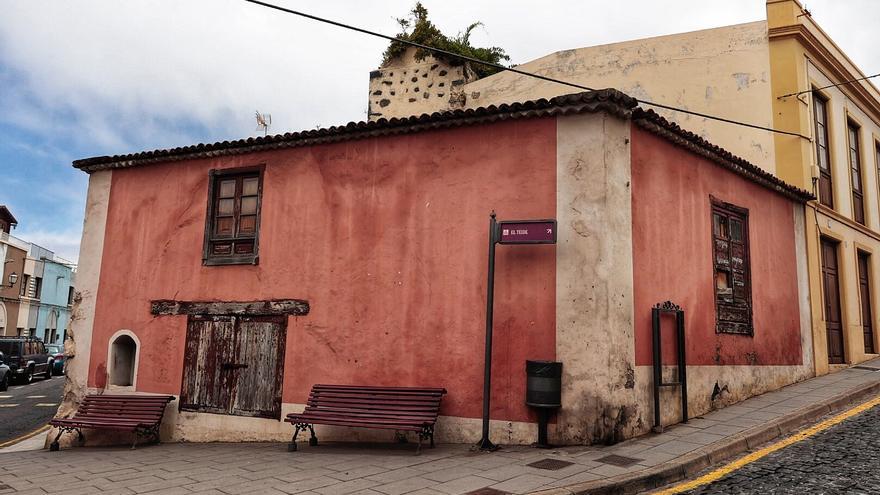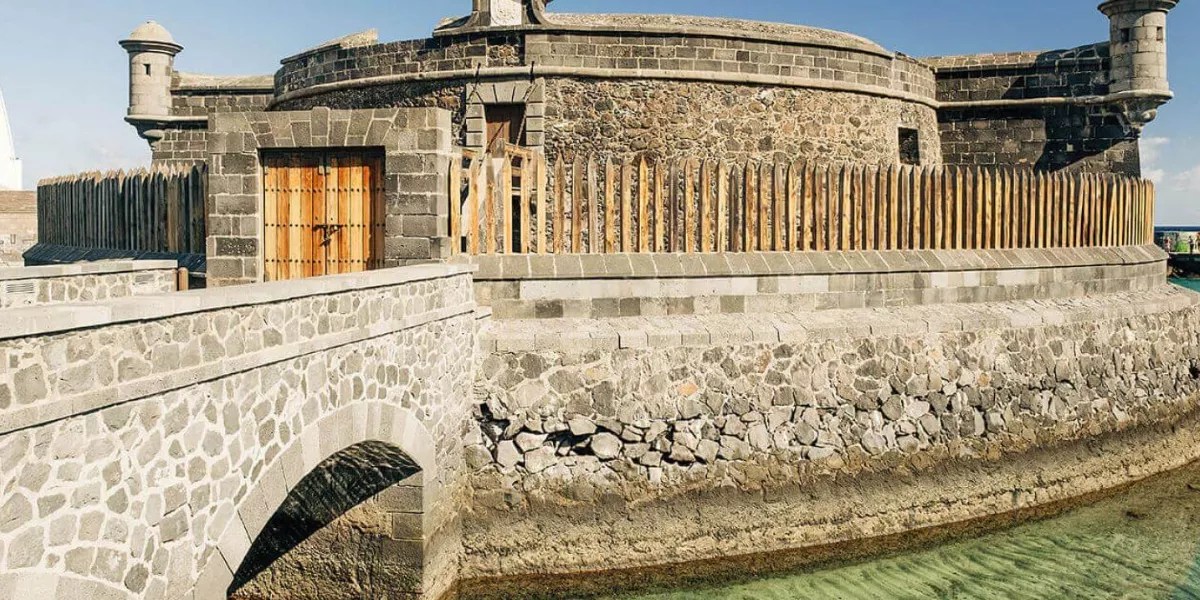
The birth of La Orotava is linked to the existence of 13 mills and their aqueducts. In them flour was ground to make bread until they began to produce gofio. Today there is evidence of a dozen of them, of which two remain active, the Molino de Chano, whose origin dates back to the first years of the 16th century, and the Molino La Maquina, from 1634. They make up one of the most popular tourist attractions. interest for the municipality, to the point that it makes it the only one in the Canary Islands present in the Spanish Industrial Tourism Guide, published by the Association of Industrial Tourism Operators (AOTI). Were declared Asset of Cultural Interest (BIC) with the category of Ethnological Site on July 4, 2006 and are the axis of a singular route.
The Faculty of Fine Arts of the University of La Laguna concluded, in September 2019, La Milling in La Orotava: Proposal for the safeguarding and development of the miller’s trade, a study that draws attention to the need to “Take measures that allow new generations to be willing to take over and continue the tradition of this trade”, the miller. Another problem faced by this activity is “the lack of interest on the part of some social groups towards the product produced by the miller; that is why the rest of the clientele that continues to come to the mill must take care of themselves ». The study concludes that “if milling were lost in the municipality, a very important part of this place would be lost, a part of the collective memory that would disappear forever.” He advocates preserving it “to show it to the new generations and that they have the opportunity to live it and participate in it.”
The route of the old water mills of La Orotava takes you through a space that brings together a dozen of these infrastructures.
- Chano Mill. It is still active, it is located on the border between Villa de Arriba and Villa de Abajo. It was built in the 16th century by Bartolomé Benítez de Lugo, nephew of the conqueror Alonso Fernández de Lugo and Señor de la Alegranza. It takes its name from its previous owner, Sebastián González Hernández, known as Chano el del Molino, from whom it passed to his heirs. Its arches are interrupted by a house, it preserves a large number of masonry semicircular arches and the cube. The milling room responds to the features of traditional architecture, preserves its traditional character in all its splendor. The main arch is deteriorated, with cracks in the keystone of the arches.
- La Maquina or Monteverde Mill. Built by Juan de Ponte y Calderón in 1634, in the 20th century it became the property of its last tenants, the Domínguez family. It is in operation, preserving its original shape. It lacks an aqueduct, it has the smallest cube of those that are preserved that is located in the upper part of the building, with the shack next to the turbines in the lower part, a renovated area (80s and 90s of the 20th century) to adapt it to sanitary regulations. The grinding room maintains the defining features of the original style.
- La Piedad Mill. Located between Calle Cubo Alto and Plaza de La Piedad, it was built by Andrés Xuárez Gallinato in the 16th century. It has been carefully restored to its original appearance by its current owner, Ana María Hernández Martín. However, the works in the house and in the cube have slightly distorted the traditional essence.
- Mill of the Four Corners or La Garrota. Built in the 16th century by Pedro de Medina, its construction features differentiate it due to its special characteristics. Its aqueduct has a single arch, laid out in a ramp, which transports the canal to the only circular cube of those that survive in La Orotava. The milling room and the miller’s dwelling conform to the guidelines of traditional architecture. Located at a confluence of tracks, its facades are well preserved, but the interior is in disuse.
- Josefina’s mill. From the 16th century, it is located between Calle Doctor Domingo González García and Calle Nueva and retains its original structure. It lacks an aqueduct since the water came through wooden channels. His cube was made of masonry and seems to slide from the back to end up leaning on the street. The milling room responds to the typical typology. The interior of the house was renovated to keep it habitable. The exterior of the house responds to the terrestrial typology with simple carpentry windows and composed of two bodies. One, the one that slides down the slope of Doctor Domingo González Street, the other towards Nueva Street, better preserved and with a hipped Arabic tile roof.
- Mill of the Green Cross. Erected by Lope Gallego in 1503, it is located near the Ermita de Santa Catalina. It conserves an aqueduct with three semicircular arches, another quadrangular and an architectural space with a rectangular plan and a hipped roof and Arabic tile.
- La Magnolia Mill. Located between Rosa de Ara and San Juan streets, it dates from the 16th century and was erected by the conqueror Diego de Mesa. It has a cube of monumental dimensions, an architecture that is larger than the rest, presents a curious type of arch in its aqueduct and preserves its original appearance.
- Molino de la Huerta del Castaño. From the 16th century, it lacks an aqueduct, with a cube made of masonry and an old jet in the form of a niche attached to the two-storey façade.
- Mill of San Francisco. Built by the regidor Francisco Benítez de Lugo (1528-1559), it does not have a cube and is quite deteriorated. The intact stones from the grinding and the pavement of multiple shapes and colors stand out. Located in an environment transformed by the passage of time, it retains its original structure. This mill lacks an aqueduct, since the water came from the previous one through wooden channels.















